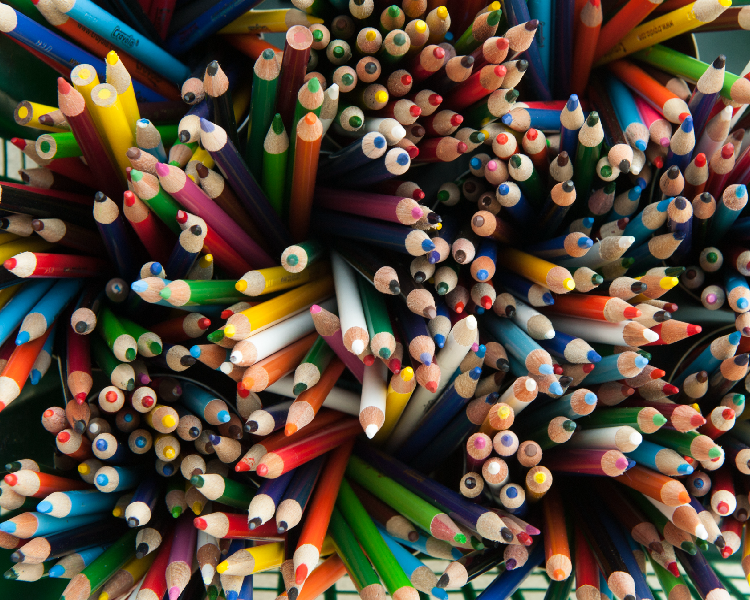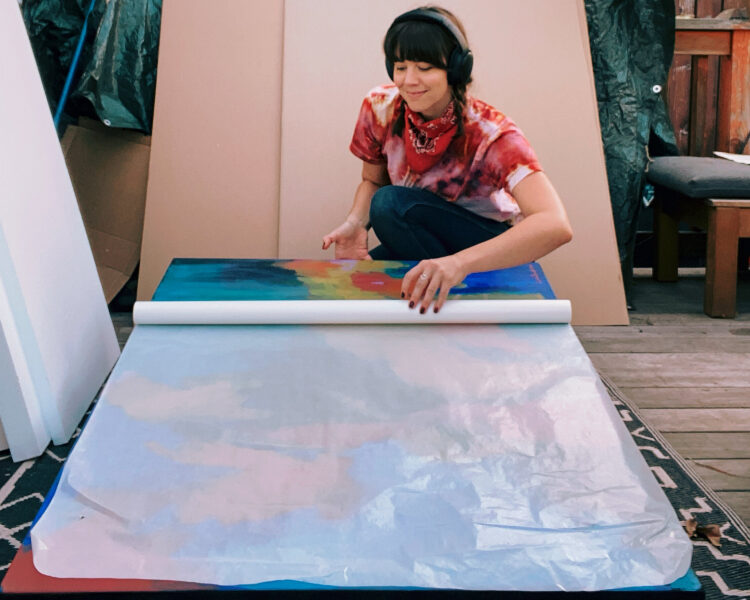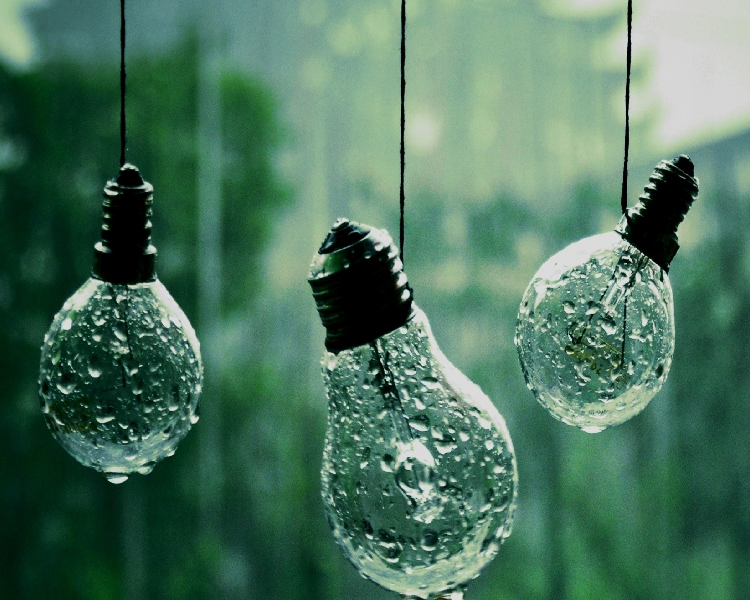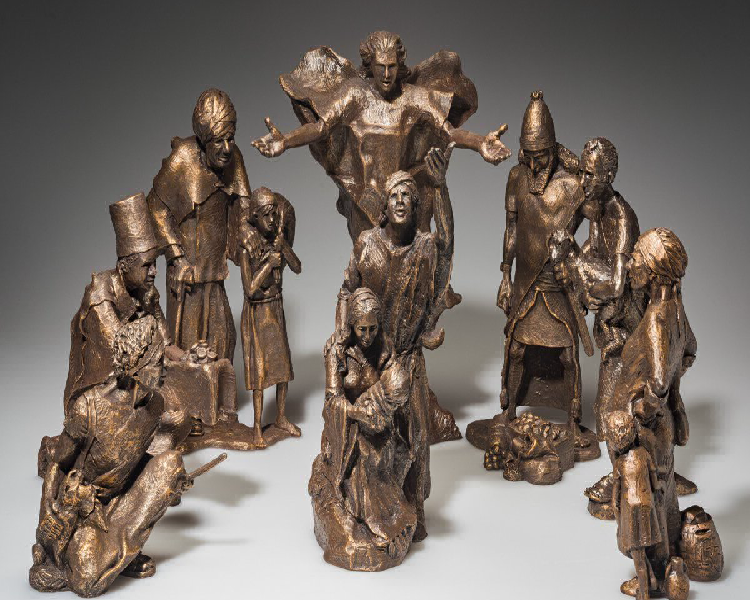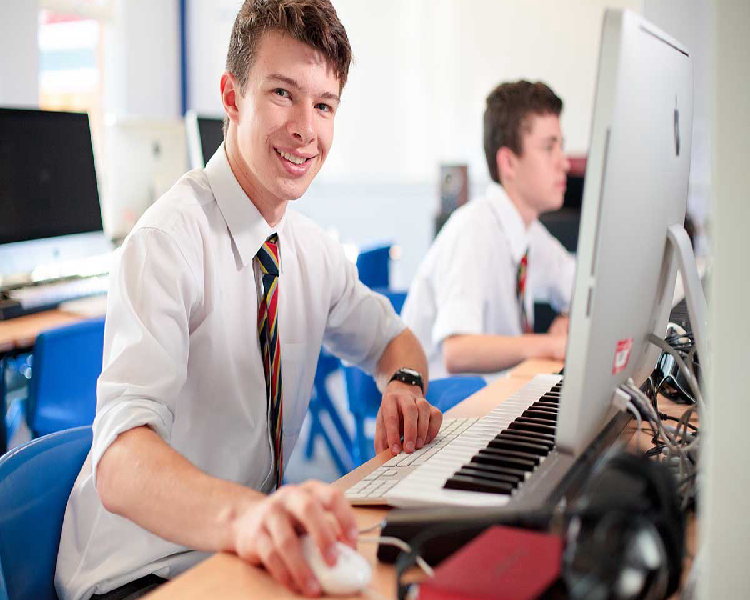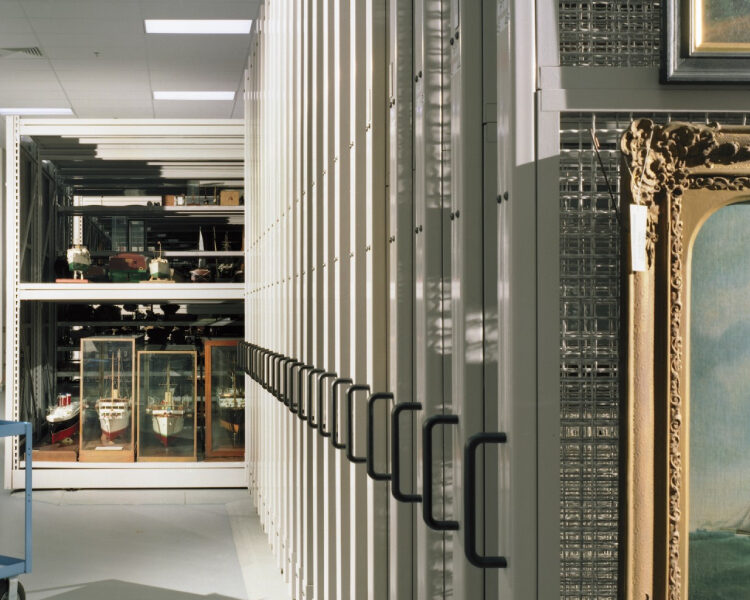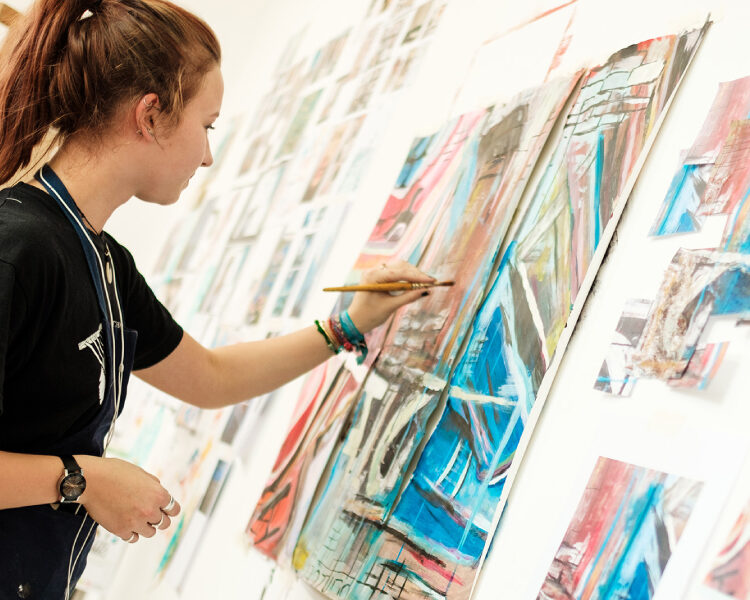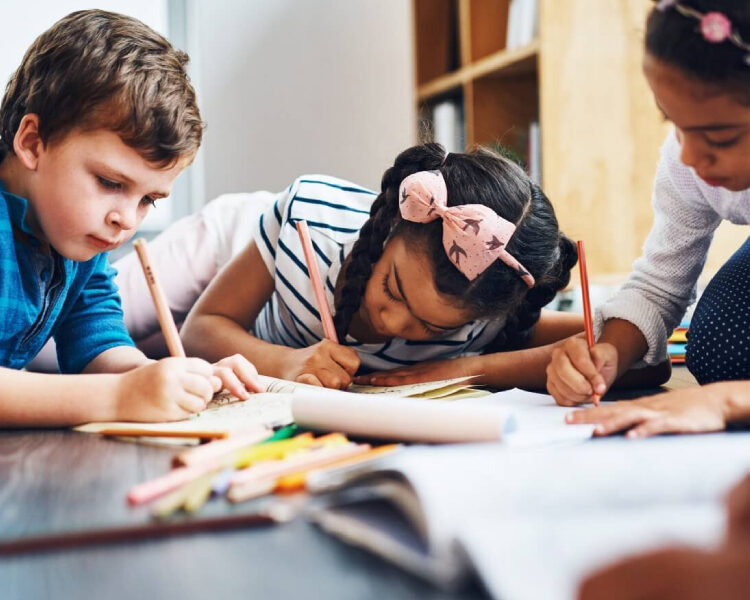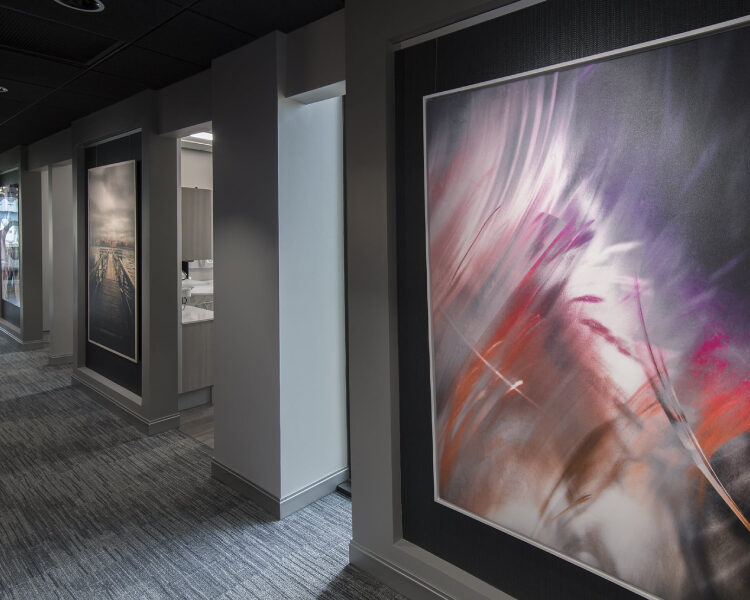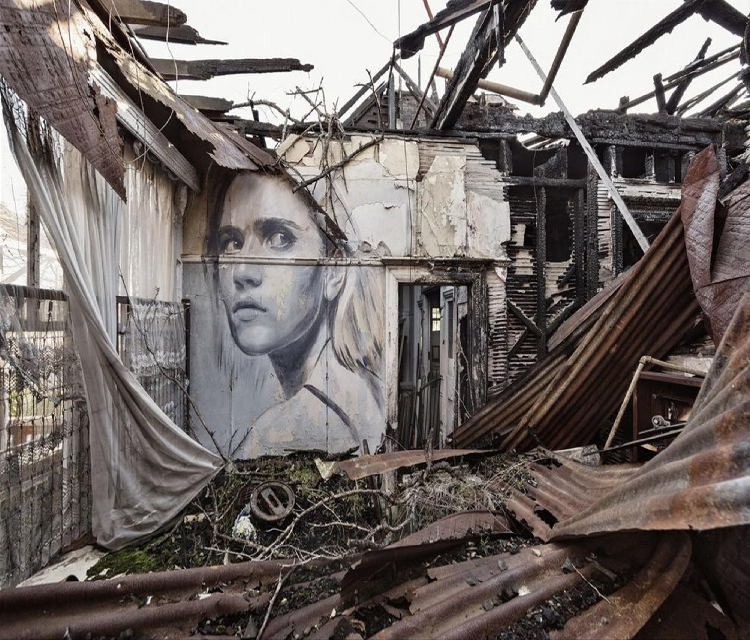
Art allows us to ponder what it means to be human, express ourselves, and connect ideas and people.
As we respond to the challenges of our new reality of living in a global pandemic, we recognise more clearly what needs to change in the pre-COVID-19 civilisation. This is an excellent time to enjoy the arts. Art, whether huge or small, side walk chalked art or community murals, has an effect on how we conduct our lives.
Art and painting improve health in our everyday lives by allowing us to process our individual lives and join as a society. During COVID-19, art allows us to communicate from a distance, fostering enjoyment, appreciation, and optimism. In times of societal injustice and instability, art amplifies critical voices and messages.
In A Tumultuous Environment, Art Is Essential:
This is the reason.What it is to be human is exemplified by art.We can process our emotions by making and viewing art. Art enables us to express ourselves and comprehend our surroundings.
Whenever it comes to our ambition to create and engage in the arts, we are unique. Humans were always very visual beings. The Cave of the Hands in Argentina is an example of an early visual expression. The cave’s artwork has a carbon dating of circa 7300 BC. The relief hand prints and hunting pictures on these cave paintings are most likely made by blasting paint materials via hollowed-out bone or reeds. This sea of overlaying hands and artwork allows us to see into the past and connect to our stone-age ancestors in the present.
Ancient humans used art to not only record their existence but to express themselves. We do this today: the art brings the people together by depicting common events and allowing us all to express our individual viewpoints.
Our human experience is defined by the cultures we create and participate in. Culture is comprised of traditions, social relationships, and activities and is driven by the arts. Music, gastronomy, and the visual arts are all intrinsically related to culture and the arts.
We’ve witnessed an increase in interest throughout the arts during the COVID-19 outbreak.
Throughout the world, we have looked to art involvement as a form of relaxation and strength. As we engage in and witness art, we grow more linked to a more common human experience. Art is a representation of what makes us human, whether it is art homemade, public murals, watching and listening to music and plays or discovering new culinary hobbies.
People Can Better Understand One Another -Thanks To Art:
As we confront global imbalances, which have always been but have been more visible and severe in recent weeks, we would see art being used as a tool to establish stronger communities. Art has the potential to help us comprehend not only ourselves but also one another on a profound level.
We may use the arts to connect more deeply with current news and topics by interacting with them. There are numerous ways to immerse oneself in the arts digitally at COVID-19. Museums are digitising their exhibits and putting them online. Virtual galleries host internet series openings and artist discussions.
Museums are aiming to become more community-informed today, yet they are still constrained by their history. In the past, the structure & tradition of exclusivity of museums, and also objectification of different cultures and collecting incorrectly collected artworks all helped to promote inequality. Many museums, but on the other side, are working hard to overcome this legacy. Many organisations are working hard to repatriate their collections, create self-aware programmes, and reinterpret and re-contextualise them. Access to artwork made by traditionally disadvantaged voices & thoughtful museums is now easier and more important than ever, owing to the internet.
The Arts Are Critical In These Challenging Times:
Art provides us with several personal and social benefits. During terrible times, we turn to the arts for solace. Art reminds us we’re not all alone that we would all share a similar human experience. Through art, we can express our deepest emotions, process experiences, build relationships, & make a difference. Art records and processes much than just individual experiences. Making art takes into consideration our position in the global and also how we fit in. Creating art is the only side of the problem; we also have to capture, disseminate, and document these work so that future generations can enjoy them.


